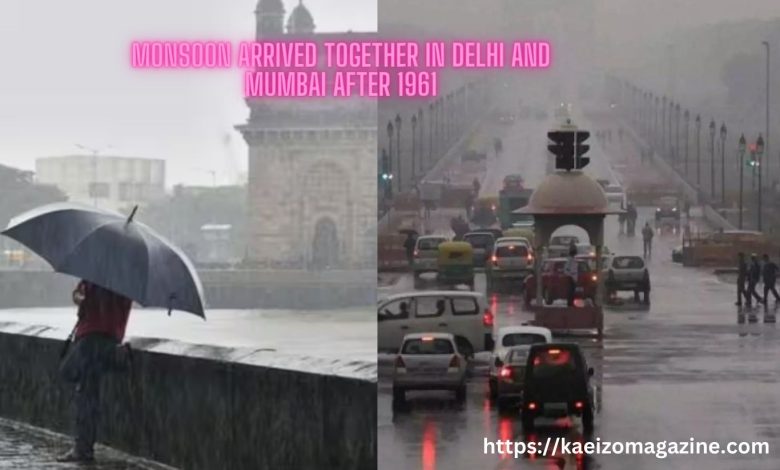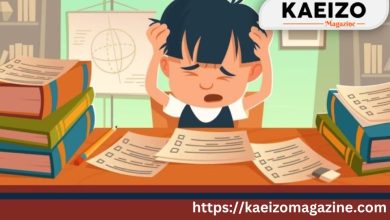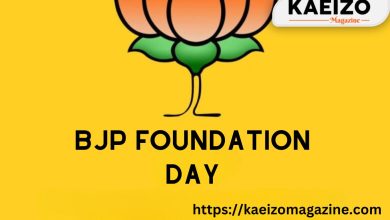
It’s unusual for the monsoon to arrive in both Mumbai and Delhi at the exact same time, as they are located in different parts of India and have different weather patterns. The monsoon season typically progresses from the south to the north of the country over a period of several weeks.
Normally, the southwest monsoon reaches the southernmost parts of India, such as Kerala, in late May or early June. It then advances gradually towards the north, covering various regions over time. Mumbai, which is located on the western coast, usually experiences the onset of the monsoon around the first or second week of June.
Delhi, on the other hand, is located in the northern part of India and is further away from the Arabian Sea. Consequently, the monsoon typically reaches Delhi later, usually in late June or early July.
While it’s not impossible for the monsoon to reach both Mumbai and Delhi around the same time due to variations in weather patterns, it is quite uncommon. Normally, there is a time lag of a few weeks between the arrival of the monsoon in Mumbai and its onset in Delhi.
During the monsoon season, heavy rainfall can lead to road blockages and disruptions, especially in areas prone to landslides or flooding. It is not uncommon for highways to be affected by these conditions, causing temporary closures or restricted access. These blockages are typically implemented for the safety of travelers.
During the monsoon season, it’s important to take certain precautions to ensure your safety and well-being. Here are some precautions you should consider:
1. Stay updated on weather forecasts
- Stay informed about the weather conditions by regularly checking weather updates and warnings from reliable sources. This will help you plan your activities and be prepared for any adverse conditions.
2. Avoid traveling during heavy rains
If possible, avoid unnecessary travel during heavy rainfall or storms. If you must travel, stay informed about road conditions and any potential hazards. Be cautious while driving and follow all traffic rules.
3. Stay away from flooded areas
- Steer clear of flooded areas, including streets, rivers, and streams. It’s challenging to determine the depth of floodwaters, and they can be deceptive. Avoid walking or driving through flooded areas as it can be hazardous.
4. Be cautious of waterborne diseases
During the monsoon, waterborne diseases like dengue, malaria, and cholera are more prevalent. To minimize the risk, avoid consuming street food or drinking untreated water. Always drink clean and filtered water, and consume freshly cooked food.
5. Take precautions against mosquitoes
Mosquitoes breed in stagnant water, which is common during the monsoon season. Use mosquito repellents, mosquito nets, and wear long-sleeved clothing to protect yourself from mosquito bites. Ensure there are no stagnant water sources near your residence.
6. Use appropriate footwear
Wear appropriate footwear, such as waterproof shoes or boots, to protect your feet from water and prevent slipping. Avoid open-toed shoes or sandals during heavy rains to prevent injuries and infections.
7. Prevent waterlogging
Clear any clogged drains or gutters around your home to prevent waterlogging. This will help minimize the risk of water entering your living spaces and causing damage.
8. Maintain electrical safety
Ensure that electrical appliances, wires, and sockets are protected from water. Avoid touching electrical switches or appliances with wet hands. If there is a power outage or electrical issues, seek professional help and avoid attempting repairs yourself.
9. Stay away from trees and power lines
During storms or heavy winds, trees or power lines may get uprooted or damaged. Stay away from such areas to avoid any accidents or injuries caused by falling objects.
10. Be prepared with emergency supplies
Keep a stock of essential supplies like food, water, flashlight, batteries, and a first aid kit in case of emergencies. Also, have emergency contact numbers readily available.
Remember, these precautions are general guidelines, and it’s important to assess the specific risks and conditions in your area. Stay vigilant, follow local authorities’ instructions, and prioritize your safety during the monsoon season.




